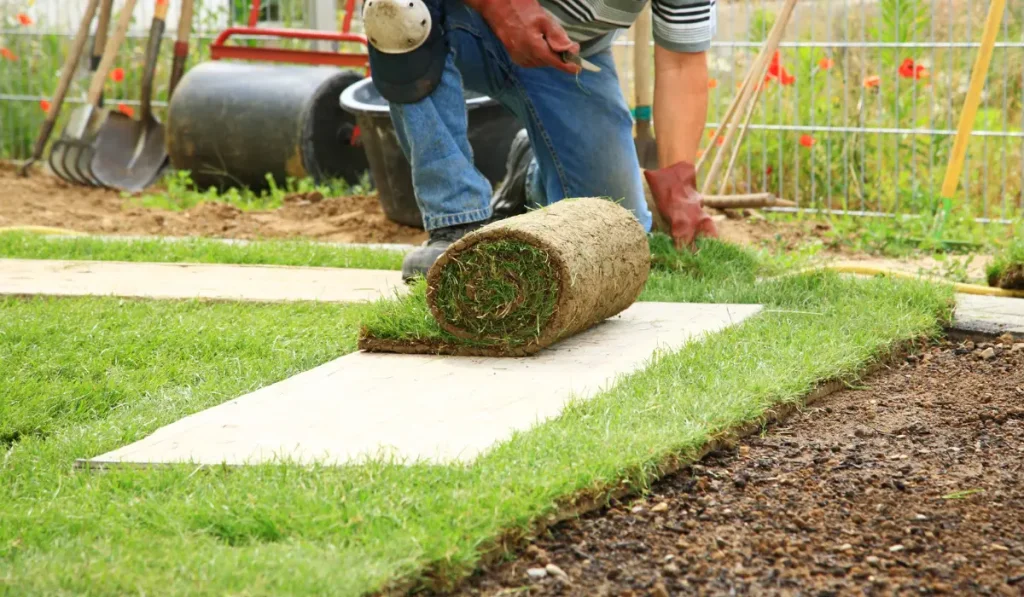Landscaping a lush, green lawn for your California home? Grass seed germination is crucial and takes about 5 to 30 days, depending on the seed type and your lawn conditions.
Factors like soil quality, temperature (ideally between 50°F and 65°F), and regular watering significantly impact how quickly your grass sprouts. Quick-growing ryegrass can sprout in five days with the right conditions, while Kentucky bluegrass might take a month.
Curious about how to speed up germination and get that perfect lawn? Read on to learn more about the right conditions and best practices.
Key Takeaways
- Average germination times for popular grass types like Kentucky Bluegrass and Bermuda Grass range from 5 to 30 days, which is crucial for planning lawn seeding or overseeding.
- The germination process involves seeds absorbing water, enzyme activation, root and shoot emergence, and sprout appearance.
- Post-germination growth focuses on root development and blade growth, which is critical to establishing a healthy lawn.
- Germination rates are influenced by soil conditions, temperature, and moisture levels, with optimal soil temperature and consistent moisture being vital.
- Early lawn care phases are critical, with the first six weeks involving germination, root development, and the establishment of new grass, requiring careful observation and maintenance.
Average Germination Times by Grass Type
Germination times vary widely among different types of grass seed. So, understanding the average germination times for various grass species is crucial when planning to seed a new lawn or overseed an existing one.
Here are the average germination times for popular cool- and warm-season grass types in California.
| Grass Types | Average Germination Time |
Kentucky Bluegrass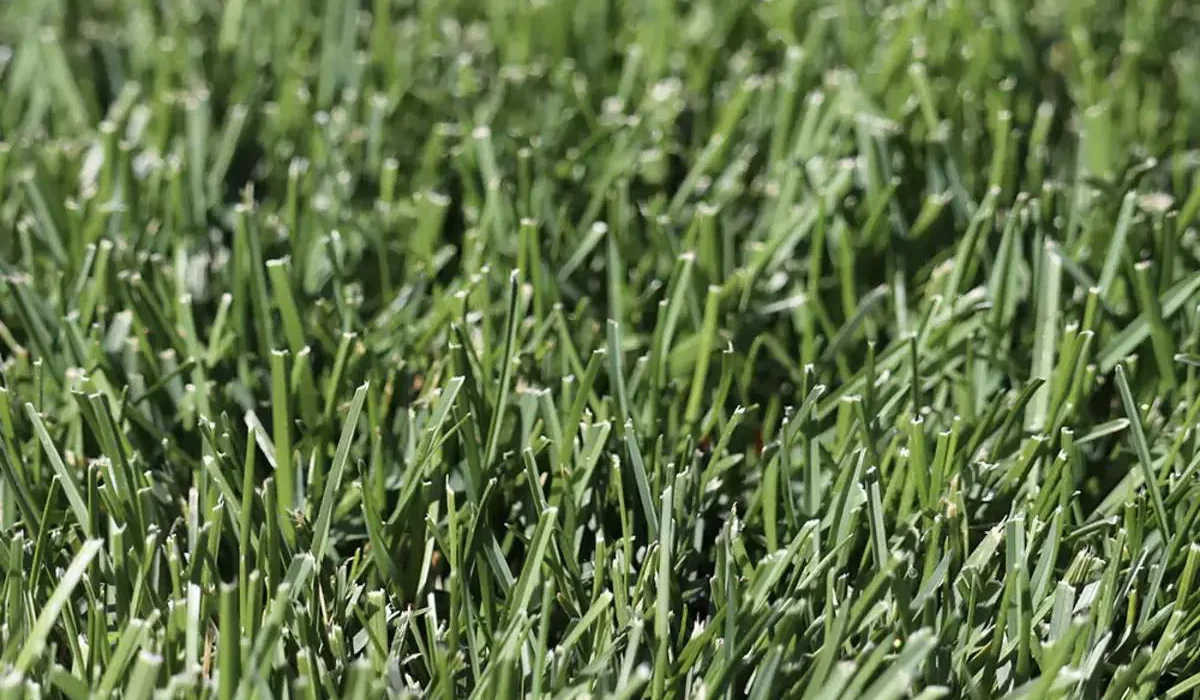 | 14-30 days |
Bermuda Grass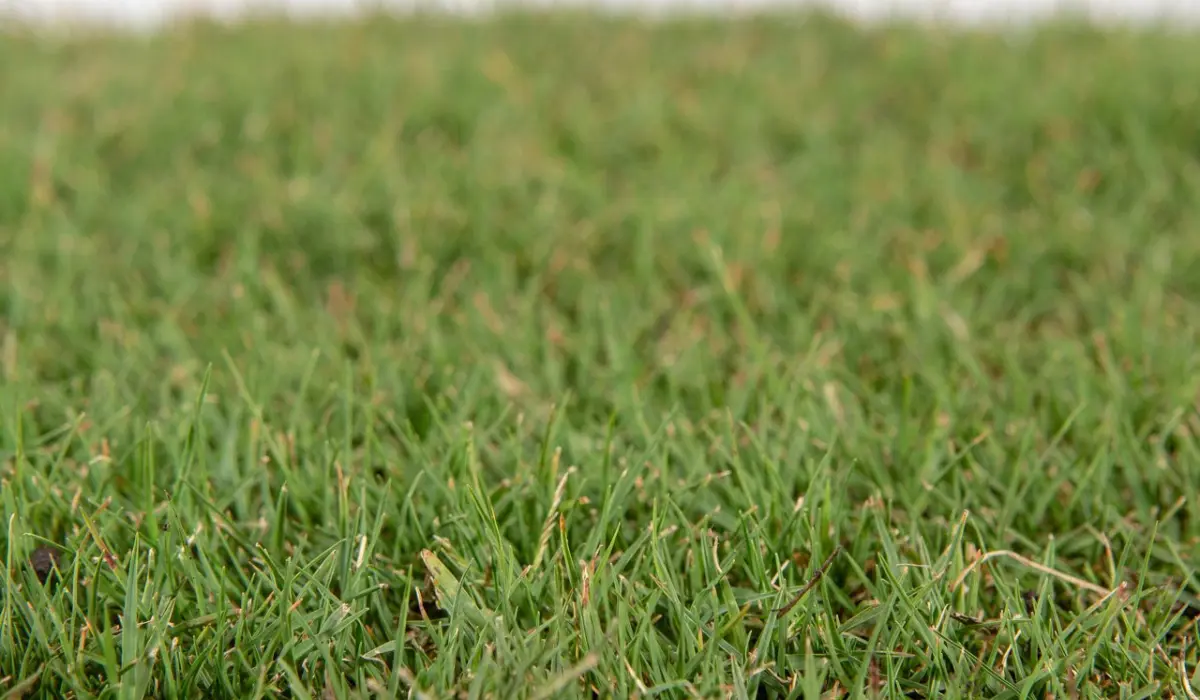 | 10-30 days |
| Fine Fescue | 7-14 days |
| Tall Fescue | 14-21 days |
Perennial Ryegrass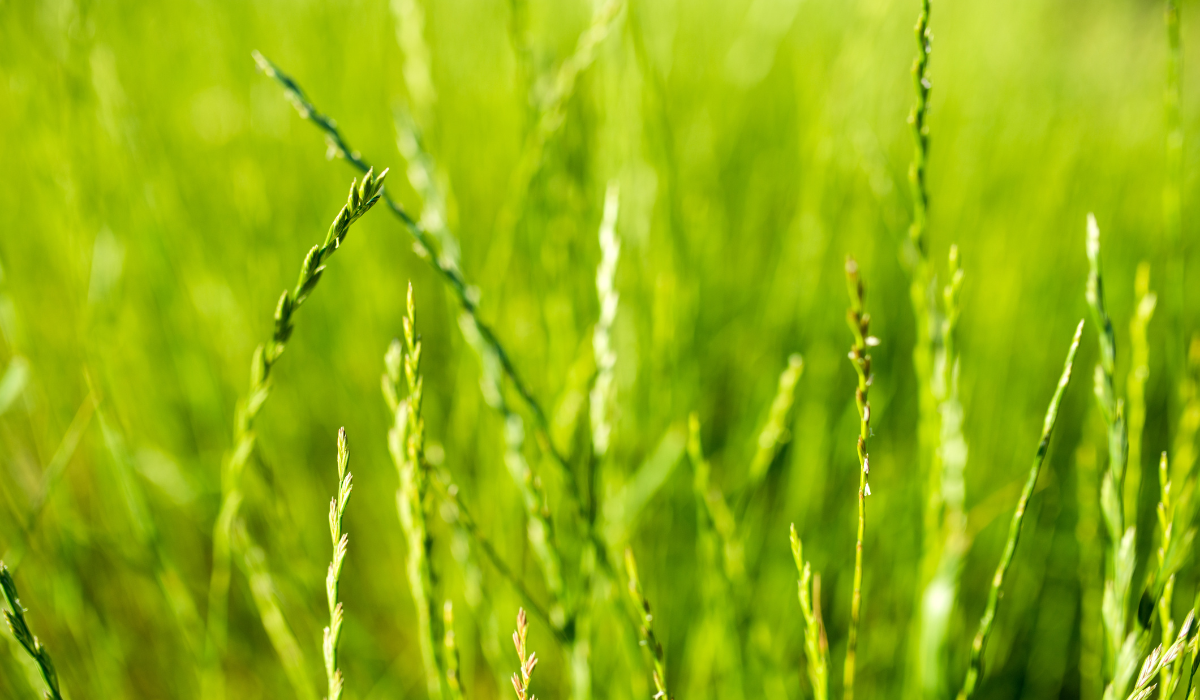 | 5-10 days |
Zoysia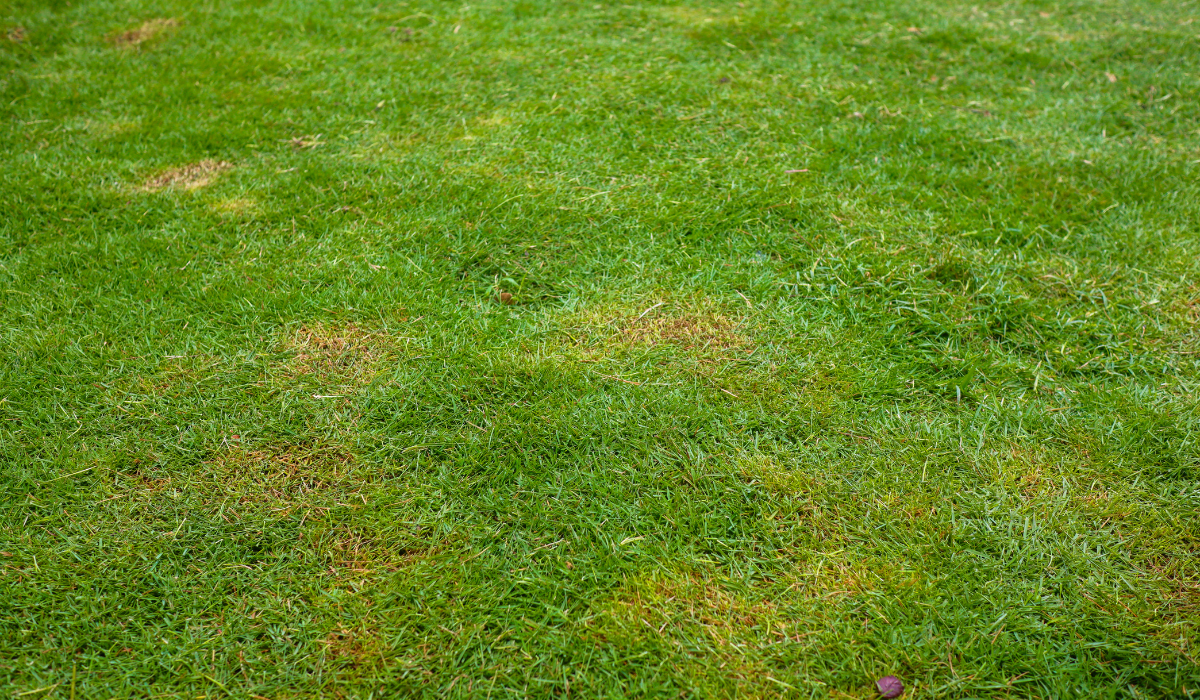 | 14-21 days |
Centipede Grass | 14-28 days |
Grass Seed Growth Cycles
Grass seed germination kicks off the whole growth cycle. It’s a step-by-step transformation from a dormant seed to an active, growing sprout.
Here’s how the germination process unfolds:
- Seed soaking: The new grass seed absorbs water and swells in size.
- Activation: Water triggers enzymes, waking the seed from dormancy.
- Radicle emergence: The first root, or radicle, breaks through the seed coat.
- Shoot emergence: A shoot heads towards the surface after the root is established.
- Sprout appearance: The young grass, now a sprout, emerges above ground.
Once grass seedlings peek through the soil, the focus shifts to development and establishment.
The post-germination phase includes:
- Root development: Strong roots anchor the grass and absorb nutrients.
- Blade growth: Grass blades lengthen and start to photosynthesize actively.
Here’s an overview of what happens in this phase:
| Steps | Description |
| Root Strengthening | New grassroots spread and deepen in the soil. |
| Shoot Maturation | Grass blades grow taller and start thickening. |
| Lawn Establishment | Gradual thickening creates a lush lawn. |
Factors That Influencing Grass Growth
The germination rate depends on various factors, including the condition and type of the soil, prevailing weather patterns, and seasonal influences.
As you plan your gardening activities in California, consider how the distinct weather conditions at the following time of year impact your lawn care:
- Early Spring: Cool-season grasses may start to grow due to moderate temperatures. Soil tends to have adequate moisture from winter precipitation.
- Early Fall: Ideal for planting cool-season grass varieties, as it allows for strong root development before winter. Soil is typically at an optimal temperature following the summer heat.
Different environmental elements play a crucial role in grass seed development. Adjusting lawn care practices to these factors can significantly affect the germination time.
Here’s how temperature, soil conditions, and moisture levels influence the grass growth rate to achieve ideal conditions:
| Factors | Influence on Germination Speed |
| Temperature | Warm soil temperatures (between 50-65°F) promote faster germination. |
| Soil Type | Loamy and well-draining soil types facilitate quicker seed sprouting. |
| Soil pH | A slightly acidic to neutral pH (around 6.0 to 7.0) result in the soil test enhances nutrient availability. |
| Soil Quality | Rich, nutrient-filled soils provide a better foundation for seed development. |
| Moisture | Consistent soil moisture is critical for seed germination, but overwatering can cause rot. |
What to Expect Week by Week
Early weeks are crucial for germination and establishment when planting grass seed. Therefore, your careful observation and maintenance as homeowners set the stage for healthy turfgrass.
Week 1-2
You should see signs of germination the first week after you plant grass seed. And by the end of the second week, tiny sprouts should be visible, indicating early growth.
Signs of healthy germination and early growth include:
- Sprouts: Tiny green shoots emerging from the soil.
- Consistency: A uniform spread of germination across the area.
- Moisture: Topsoil should remain damp, not waterlogged or dry.
Week 3-4
As you enter weeks 3 and 4, you’ll notice significant changes in your lawn’s appearance. This stage is critical for the lawn’s long-term health.
Here’s what to look out for during this critical growth phase:
| Weeks | Visible Signs |
| 3 | Slight thickening of grass coverage. Opportune time for light overseeding of sparse areas. |
| 4 | First true grass blades visible. Develop stronger root systems; blades more drought-tolerant. |
Week 5-6
By weeks 5 and 6, the grass transitions from growing to a new lawn phase.
The grass will be more resilient to foot traffic, and you can start a regular watering schedule to keep the soil moist.
Here are maintenance tasks you can consider:
- Mowing: Use an appropriate mower to remove only one-third of the grass blade at a time with your first mow
- Watering: With an irrigation system, adjust to a less frequent but deeper watering schedule to encourage deeper root growth.
- Weed Control: Identify and address weeds early to prevent them from establishing.
- Fertilization: Use a spreader to apply a balanced fertilizer tailored to the specific needs of your growing or existing lawn.



